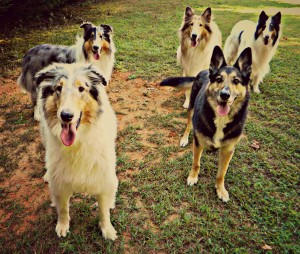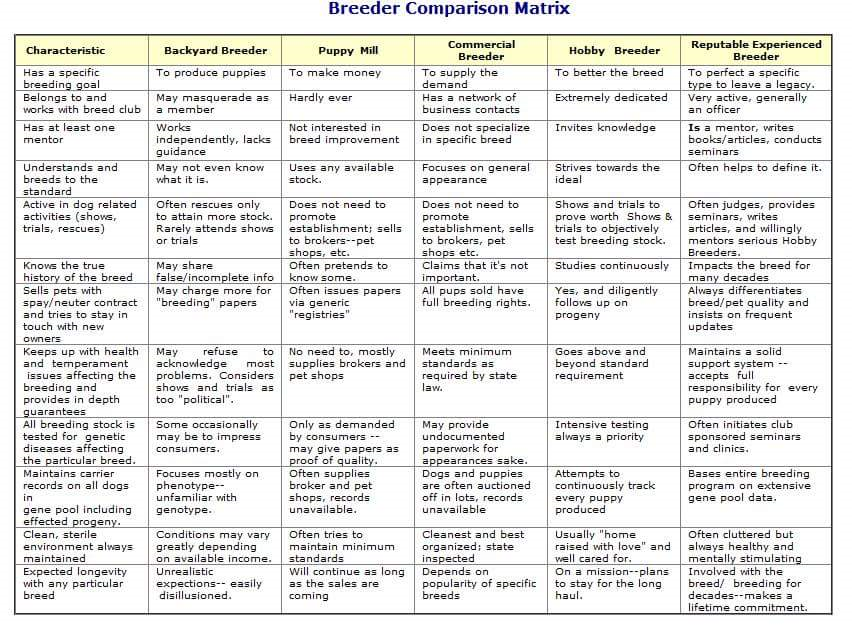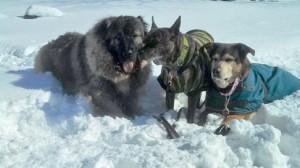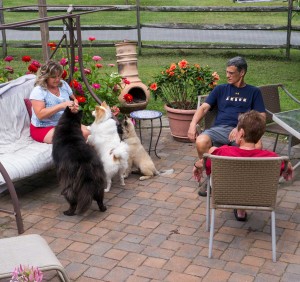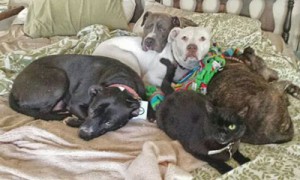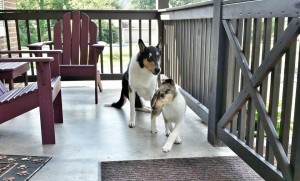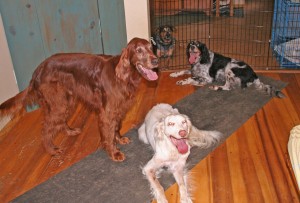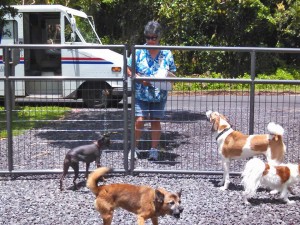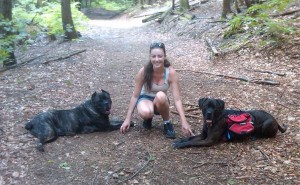Trials and Tribulations: Multiple Mobility Issues in a Multiple Dog Household
I wrote about Siri’s aging related woes in a recent blog and how it related to the rest of the household. Since that post, her mobility has declined as has her cognitive powers. After trying several natural remedies to restore some brain power, with some small success, I settled on prescription Anipryl. I have used this medication in the past, first with Layla, my second dog as well as Kera, with great success. The word miracle is not an overstatement with regards to its restorative powers for cognitive skills in an aging brain. Siri is now almost as mentally present as she was before the mental decline, with a couple of caveats.
I have thus far failed at restoring her mobility. I have spent many dollars on remedies for this issue as well, so far with limited success. Right now, we are in our 3rd week of Adequan shots. The vet advised me that I won’t see any signs of improvement until the first month is complete. Some friends have seen some success at two weeks, however so I remain hopeful. Siri wears a wonderful invention called the Help Em Up Harness, which enables me to lift her up to move her around and help her walk. She willingly walks on her front legs most of the time. The back legs are the culprit here. Without this harness, my size in relation to her size would present a serious problem for her care. At times it still does.
The complication to having Siri in this condition is that Kenzo is now mobility challenged as well. Several weeks ago, he began limping on a back leg. My heart froze in my throat when this cropped up. He has limped on and off on a front leg since he was six months of age. Pano was suspected and nothing was ever proved, despite x-rays and multiple examinations by various vets. But a back leg limp means something different and it’s rarely something inexpensive. His initial visit for the limp was misleading. A sprain was mentioned, with some pain meds prescribed as well as a lighter exercise routine. He seemed to get better. Then two weeks later he very suddenly refused to place any weight at all on the leg right before bed. Despite the meloxicam, he was very restless and vocal periodically all night. The vet was my first phone call the next morning, followed by a trip there that very morning. This visit was less optimistic. After palpation by a different doctor that we usually don’t see, the dreaded ACL word was mentioned.
So many suggestions were thrown at me, after sharing this info with friends and acquaintances. I felt incredibly overwhelmed. After countless hours of my own research, I grudgingly accepted that TPLO surgery seemed to be the only solution. As I counted down the days to his surgical consultation, a new routine developed on our lives. One I hope to put behind us someday. We now sleep in the living room. With Siri not able to assist much in her descent down the stairs anymore and Kenzo’s knee in more danger with excess stair usage, it was the only logical solution. I refuse to sleep separately from my dogs. It would cause both sides of this equation far too much emotional trauma. It has certainly been an adjustment, however. The first night caused me to wake up with some incredible neck pain that I never want to experience again. Now that I have determined how to successfully create a peaceful sleeping experience in the living room, things are much improved.
I will confess that occasionally, after a middle of the night trip to the bathroom, I stumble to my beloved bed to complete the night’s sleep. But when I come downstairs in the morning I find Siri and Kenzo have repositioned themselves to face the stairs. This instills such guilt that a repeat of this decision is unlikely.
Kenzo finally had his consultation with his surgeon and it was determined that he has a full ACL tear. His surgery date is set. My mind will be increasingly panicky as the day grows closer, but this remains the best option for the strongest outcome. For two months, Kenzo will be sentenced to the house/property. Siri very much enjoys her outings in the car but that takes a lot out of me to lift her in and out so she will be his companion when I take Trent for his much needed exercise. Here’s hoping that things progress smoothly.
It was also discovered during the pre-surgical exam that the probable cause of Kenzo’s on and off front leg limping is some early arthritis and knee dysplasia in the front legs. He will get appropriate supplements for this that will hopefully help. I know first hand how stressful it can be to have multiple medical issues at once in a multiple dog household. The amount of work that needs done for Siri alone is staggering some days. Add Kenzo’s upcoming surgery and the potential for caregiver meltdown is very high. I recently expressed my stress about this on Facebook and got an amazing outpouring of support that helped me so much. So if you are also experiencing a similar scenario, please don’t suffer in silence. Reach out to people who care. You will be surprised at how many offers of assistance you get. It will warm your heart.
I will update on this subject as possible. In the meantime, if you have a similar story to share, a suggestion or a word of advice, please take the time to share them below.
Posted in: Projects
Leave a Comment (3) →



